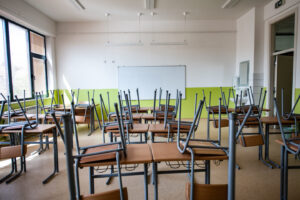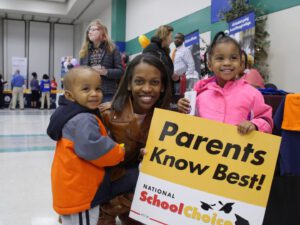Wisconsin voters ever more dissatisfied with public education
Wisconsin voters are increasingly disappointed with their local public schools, a stark new poll reveals.
Multiple surveys by the Marquette Law School Poll (MLSP), a public…

Wisconsin voters are increasingly disappointed with their local public schools, a stark new poll reveals.
Multiple surveys by the Marquette Law School Poll (MLSP), a public policy initiative of the university, found the number of Wisconsinites satisfied or very satisfied with public education dropped from 69% to 46% in just three years.
Meanwhile, the percentage of dissatisfied or very dissatisfied voters nearly doubled, from 21% to 41%.
“The rise in dissatisfaction is seen across all regions of the state, but especially in the city of Milwaukee, where more than three-quarters reported dissatisfaction,” observed Charles Franklin, director of MLSP.
The survey results, while frightful, aren’t all that surprising, as Milwaukee Public Schools have been embroiled in controversy since June when district mismanagement cost the city $81 million in state education dollars. Local parents have since launched a recall campaign against the school board.
Further mismanagement in areas such as school safety also continue to come to light.
Meanwhile, Franklin noted that unaffiliated voters were more aligned with conservatives on the topic of education.
“Republicans, for example, we see 65% who say they’re dissatisfied with their community’s public schools while, for Democrats, its 74% who are satisfied with their local public school,” he said. “So that’s a large gap between the two parties on this question.
“Independents are now a little bit more dissatisfied – 60% dissatisfied – so they are more like Republicans on this issue.”
Additionally, voters agreed parents and local school boards have the most influence over school quality, not state or federal government.
However, respondents also reported positive views of several education policies, including the science of reading (60%) and school choice (50%).
Wisconsin was ground zero for modern school choice programs, and its voucher programs serve nearly 55,000 students statewide.



